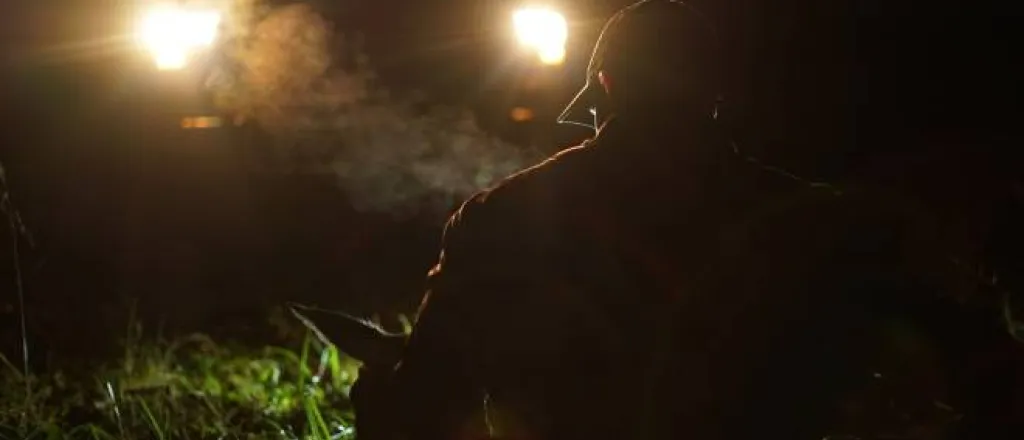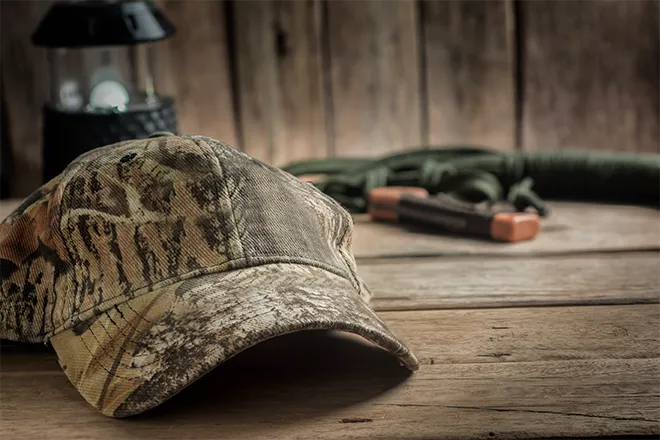
What to know about hunting predators at night
©
Hunting predators at night poses unique challenges and thrills, requiring specific knowledge and tools. Whether you’re targeting coyotes, foxes, or other nocturnal predators, understanding the nuances of nighttime hunting can enhance your success and safety. Here’s what you need to know about hunting predators at night.
Understand your target
First, you need to understand the behavior and habitat of the predator you’re hunting. Each species has unique patterns and preferences that can affect your strategy. For instance, coyotes have a keen sense of smell and hearing, making it essential to minimize scent and noise. Researching and understanding these patterns will help you predict their movements and choose the best times and locations for your hunt.
Use the right equipment
Effective night hunting requires the right equipment. High-quality night vision or thermal imaging optics are essential for spotting predators in the dark. Additionally, a reliable, powerful rifle suited for night shooting and equipped with a scope that performs well in low-light conditions is necessary. Don’t forget an adjustable tripod or shooting stick to improve stability and accuracy during your hunt.
Prioritize safety and legal awareness
Night hunting carries inherent risks, so prioritizing safety is crucial. Always inform someone of your hunting plan and location. Be aware of your surroundings and maintain a clear line of sight and backstop before shooting. Additionally, you need to understand and comply with local wildlife laws and regulations regarding night hunting, as these can vary widely by region and species.
Mastering calling techniques
Calling is an effective technique to attract predators at night. Using electronic or mouth calls that mimic the sounds of prey animals can lure curious or hungry predators closer. Vary the volume and frequency of your calls to maintain realism. Remember that patience is key—predators may take time to respond. Position yourself downwind of the calling area to maximize your chances of a successful encounter.
How to scan with your light
When scanning for predators with a light, use a technique that minimizes disturbance and maximizes your field of view. Start by using the edge of your light beam, not the center, to scan the area in a slow, sweeping motion. Predators’ eyes will often reflect light, making them visible even at a distance. Keep your movements gradual and steady to avoid startling wildlife. Adjust the brightness of your light according to the distance you’re scanning and always be ready to switch off the light to avoid spooking the predator once detected.
Now that you understand what to know about hunting predators at night, you can approach this challenging activity with confidence and respect for the wildlife you pursue.

















